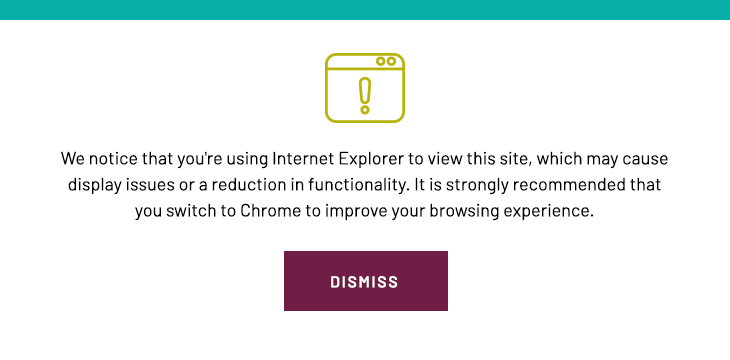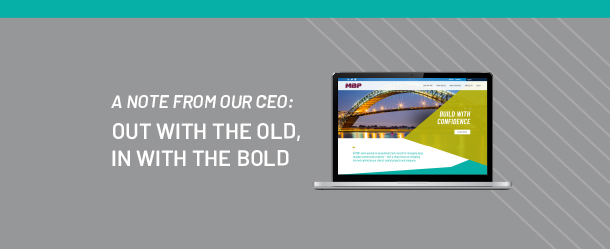



Our new blog is part of an endeavor that we hope will provide a forum for an exchange of ideas on improving our industry.
You may also be aware that MBP has recently reorganized to a more services-based alignment. Unlike many company reorganizations, this is not a response to crisis, but instead a desire to evolve. So, no, we did not reduce staff, but instead are making better use of the team we have. Enhancing our team members’ ability to perform was the guiding principle for our reorganization planning. We believe that our new organizational structure removes some of the geographical silos that existed while promoting synergies, quality, and economies of scale across MBP in how we deliver our services. Additionally, our new structure promises to help streamline many of our necessary administrative and operational functions and enable our team members to spend more time focused on the real reason MBP exists, providing value to our clients. We also believe that our new organization greatly simplifies who our clients and teaming partners need to contact at MBP regarding a particular project or service and reduces the potential multiple points of contact confusion in our old geographical organization. Quite simply, we have always wanted to be the “easy button” solution and we believe our new structure will unquestionably be a win-win for both our clients and the MBP team.
All this change at MBP is in answering the call stated in our Vision to “transform the built environment one relationship at a time.” We believe to accomplish this, we must first transform ourselves. Any affirmation for the necessity to transform was on full display at the recent Construction Management Association of America (CMAA) National Conference and Trade Show. Statistics were cited showing 80% of all major projects failing in terms of budget, schedule, or both, the current way of delivering projects and capital programs is no longer an acceptable option. Moreover, several sessions noted that the traditional solution for industry problems of increased manpower, whether it be a planning, design, production, or management issue, is no longer sustainable from either a cost or workforce perspective.
Technology was on full display at the CMAA National Conference and Trade Show as attendees were challenged to rethink how they managed both their projects and their data. Our basic productivity paradigm was also challenged with the demands of a record economy requiring everyone to learn how to do more with less. Discussions went well beyond improving the supply chain, prefabrication, and BIM. Robotics, autonomous construction equipment, artificial or augmented intelligence, blockchain technologies, virtual reality, and biometrics were identified as emerging technologies that would soon be common place in our industry. In short, the consensus was that the overwhelming pressure to improve budget and schedule performance coupled with a roaring economy and an insufficient workforce, have created the perfect storm to break our long-held paradigms on project delivery, and the construction industry will finally begin to achieve fundamental change.
Some changes may be dramatic such as equipment operators valued for their gamer skillset rather than specific machine operation skills. Others may be subtler such as starting the design in the BIM model rather than converting from an initial 2D plan. Regardless, it is clear to me that PM/CM and inspection services as we know them won’t exist a decade from now, so it is important for all of us to continue to develop solutions that improve the process and deliver real value.
As we move forward, it is time for the exciting, if uncomfortable, part – implementation! Change is a natural part of life, and only by embracing change and innovating will our industry truly evolve. We cannot be afraid to try new things even if it means the occasional failure. Inherent in this is convincing our owner clients that the status quo is not working and not trying something different is, in fact, the greater risk. All in all, there has never been a better time to be in our industry for making a real difference.
Comments